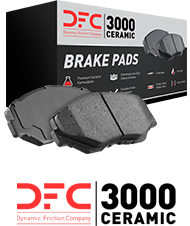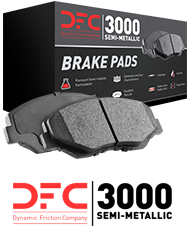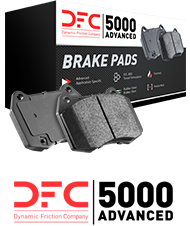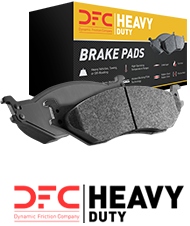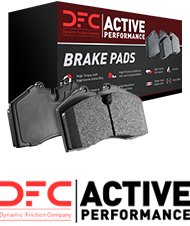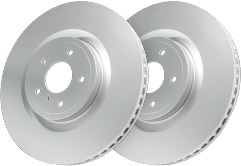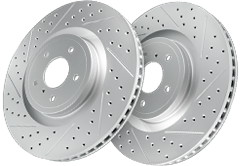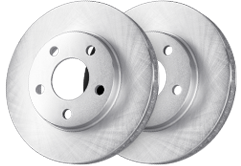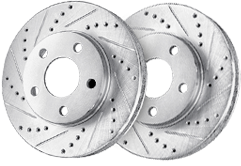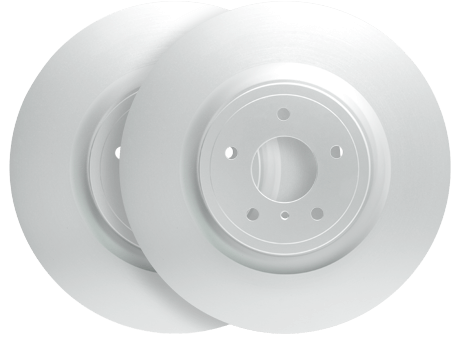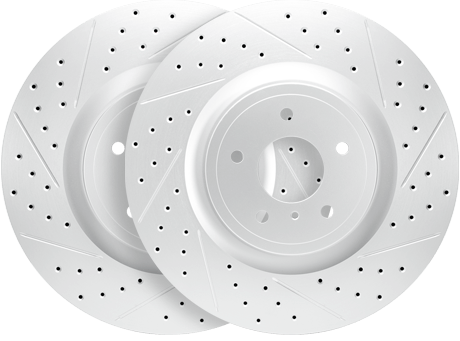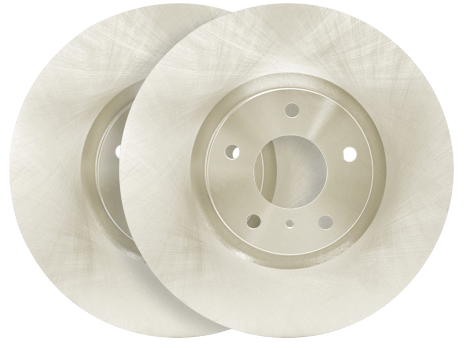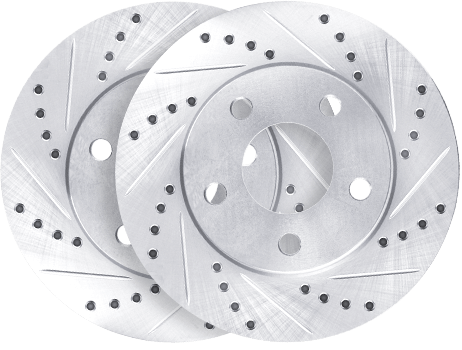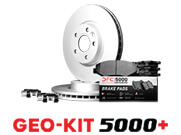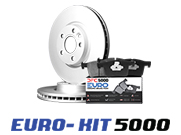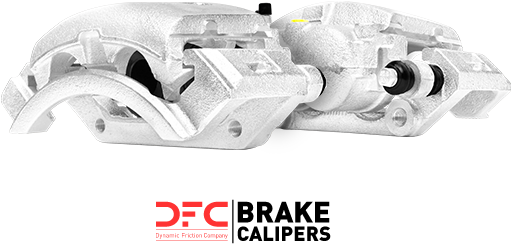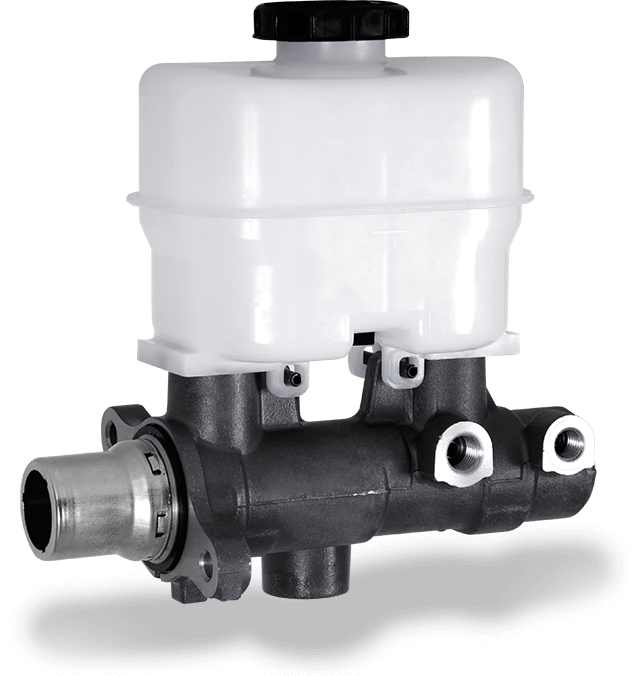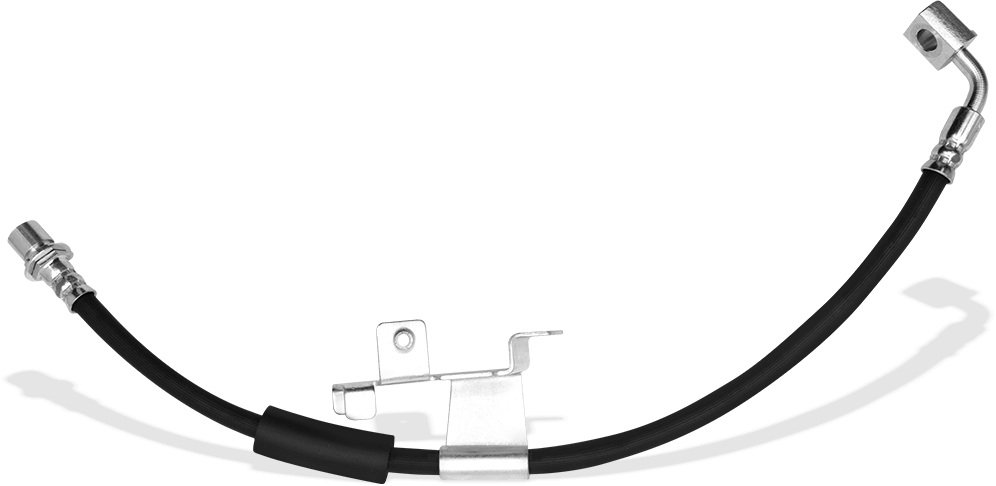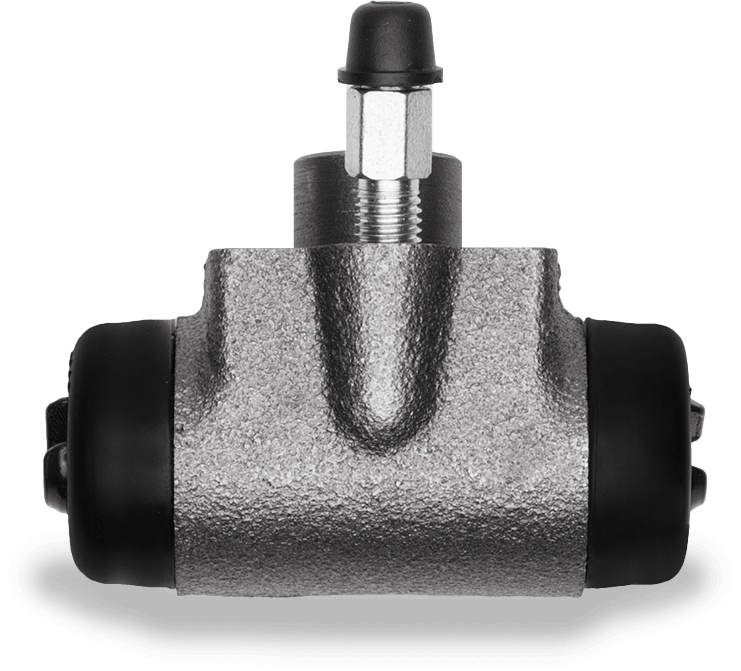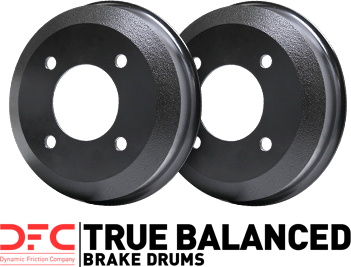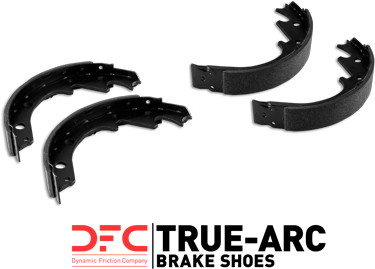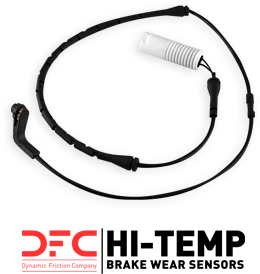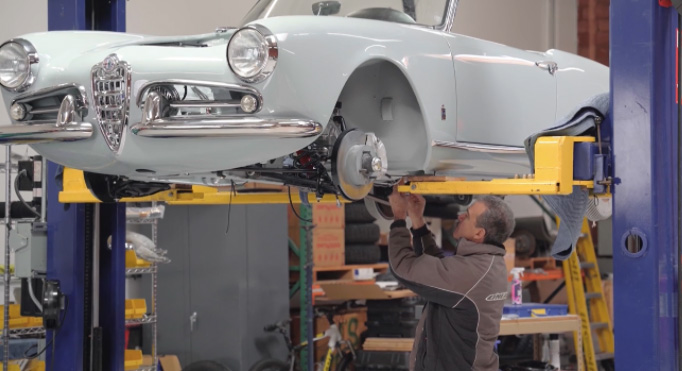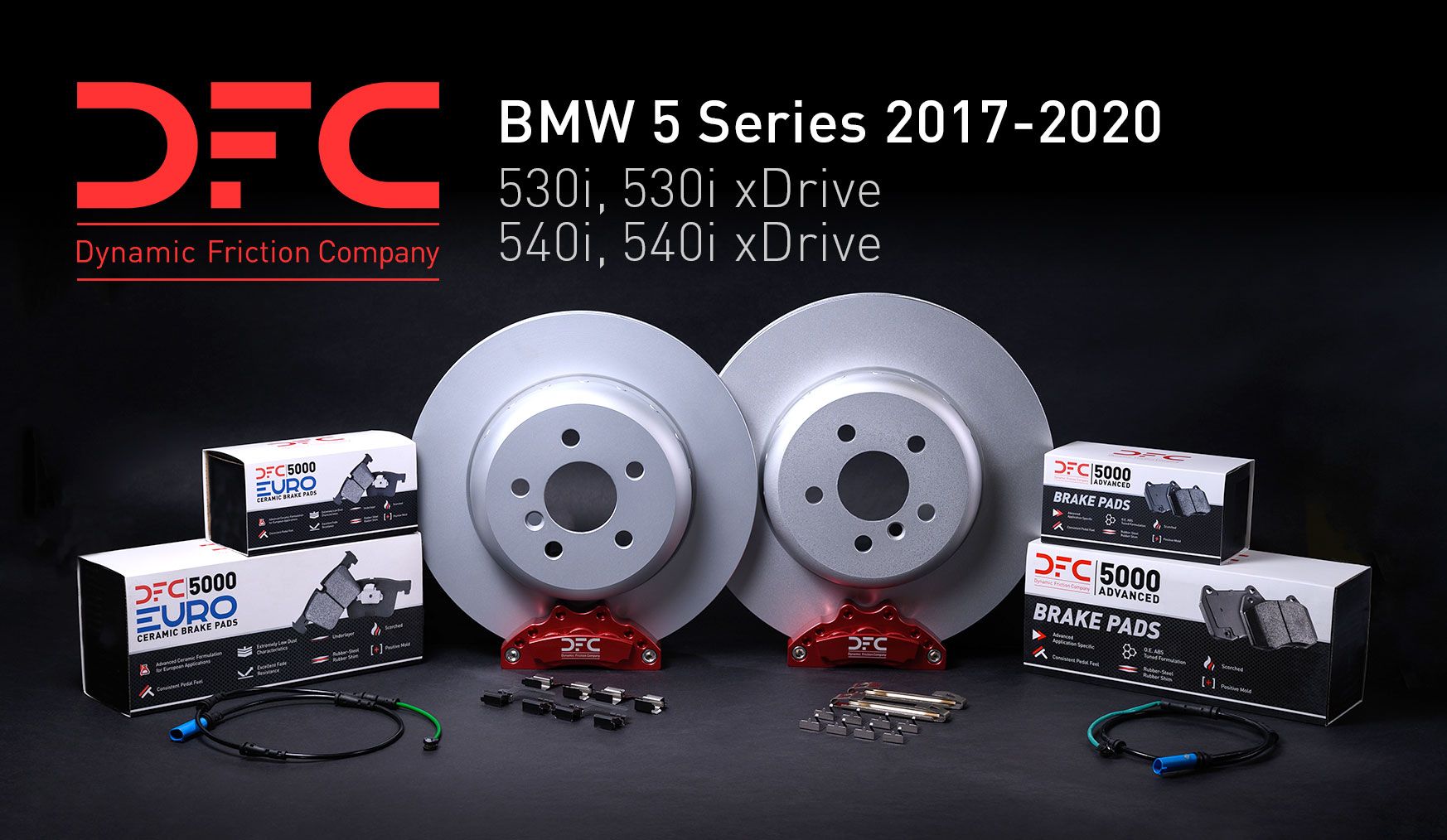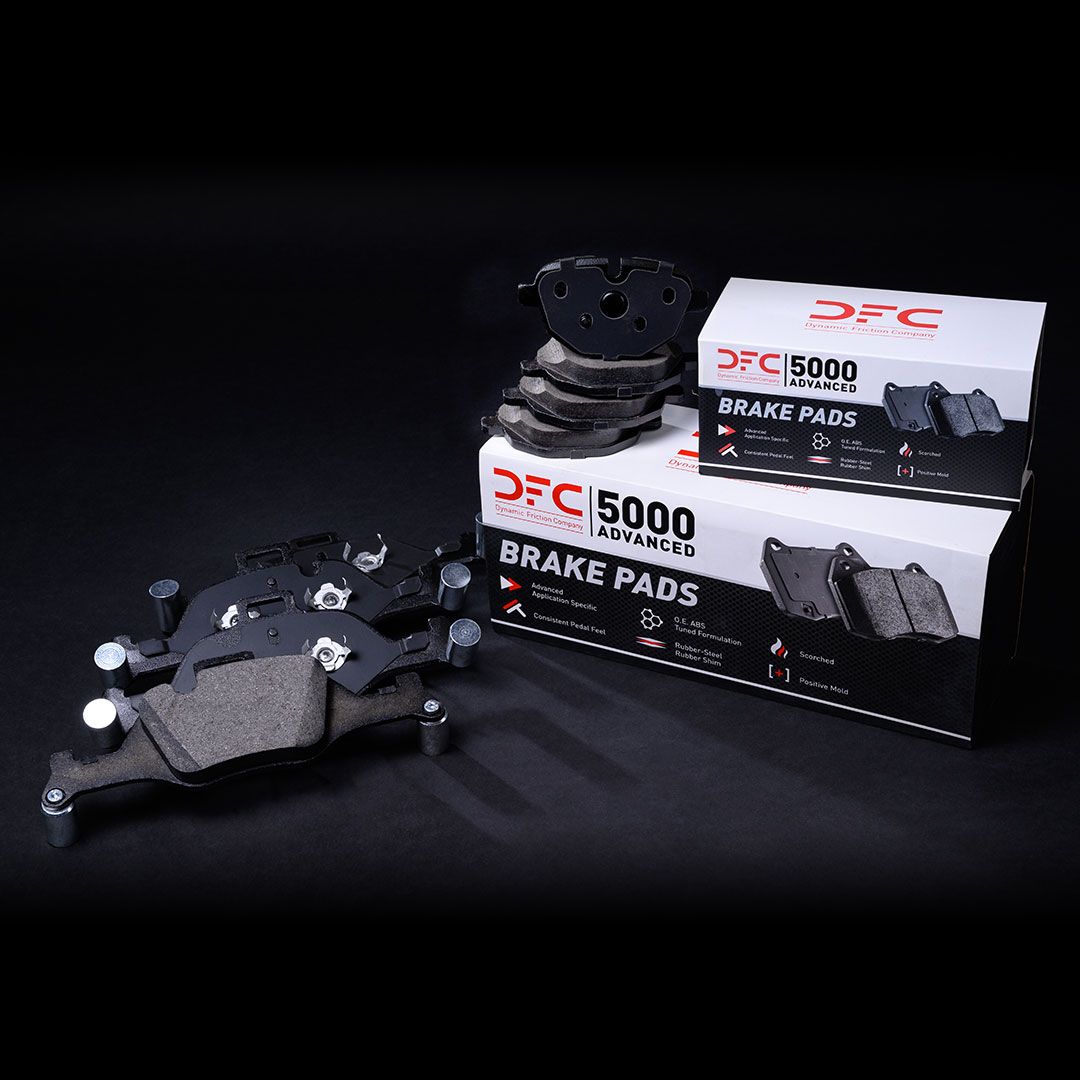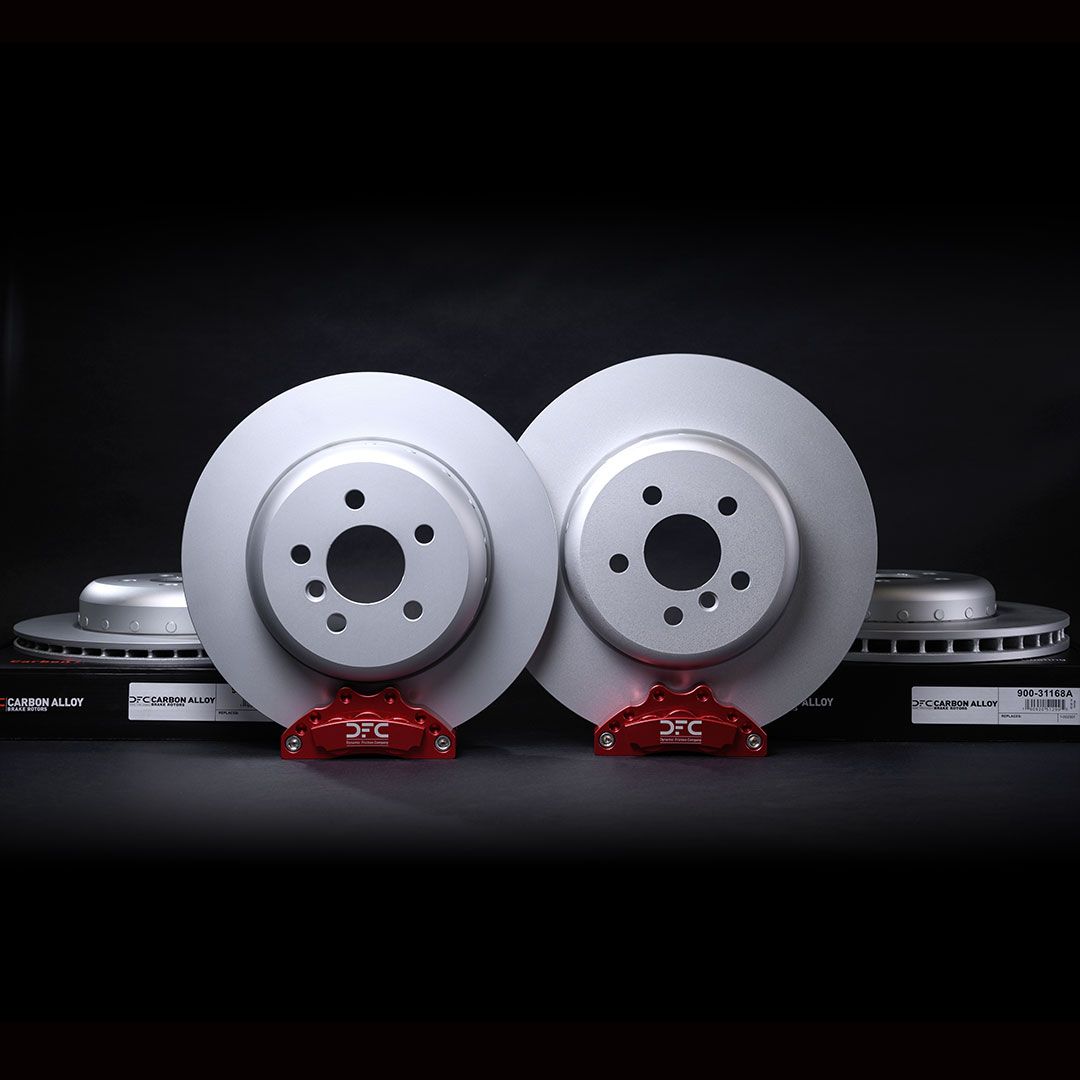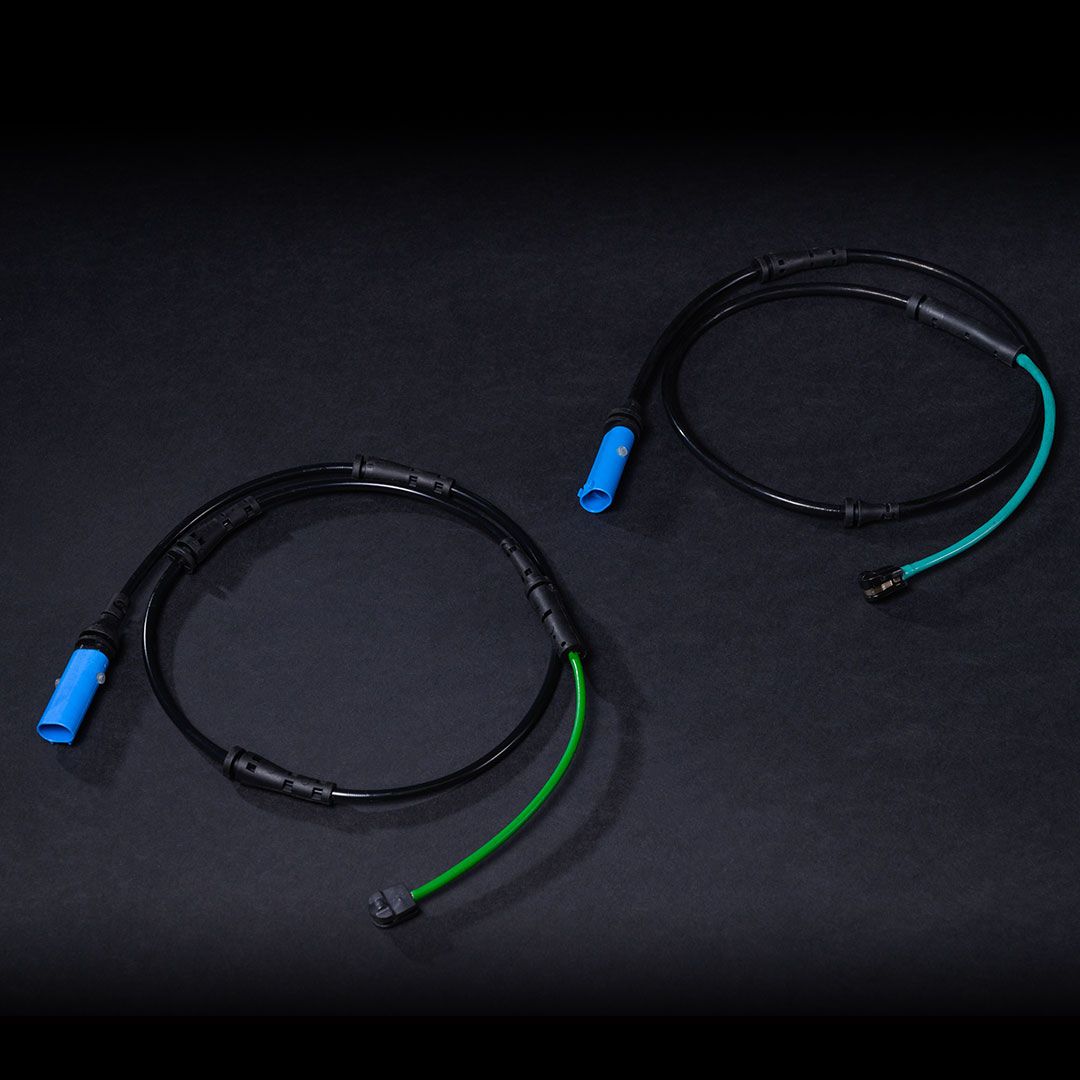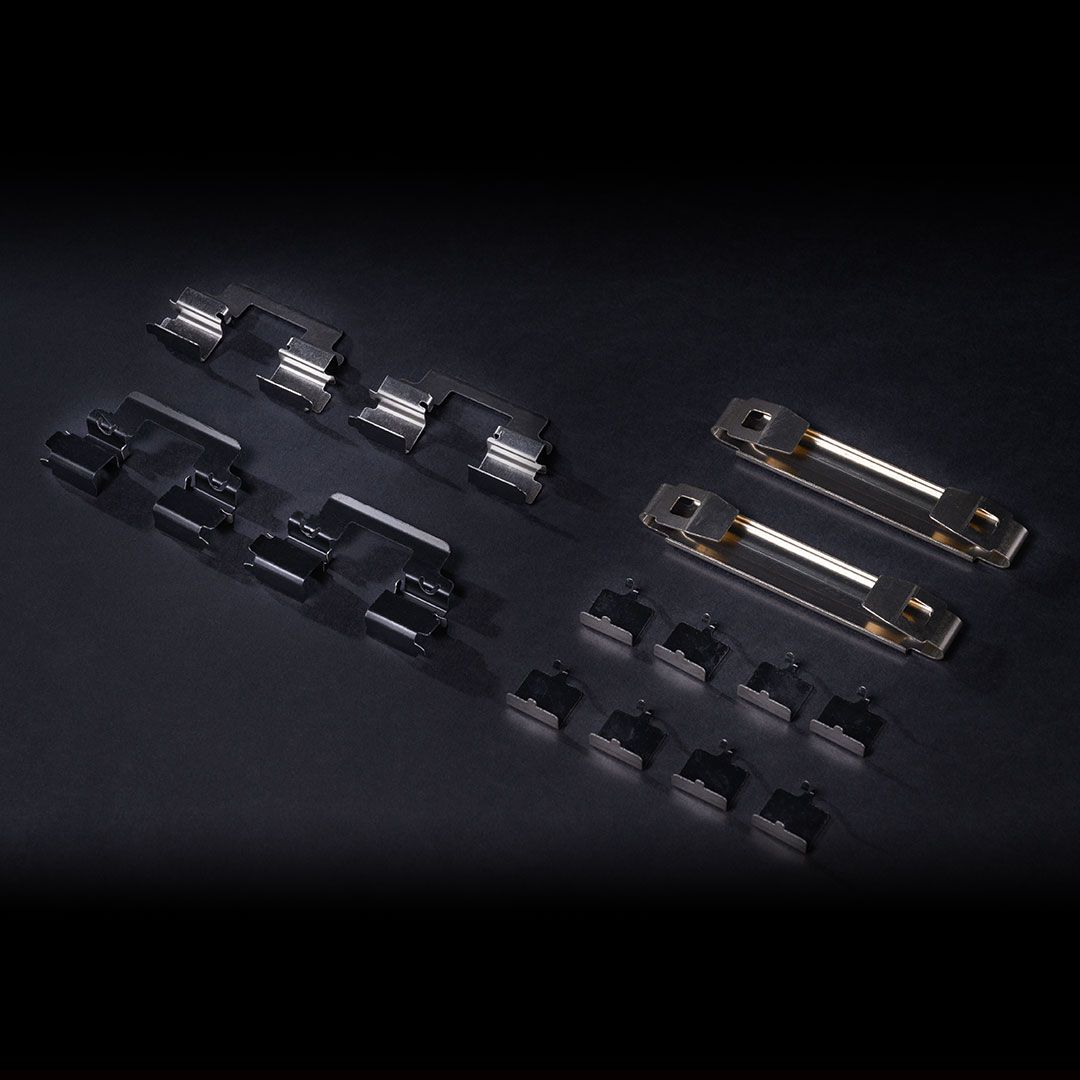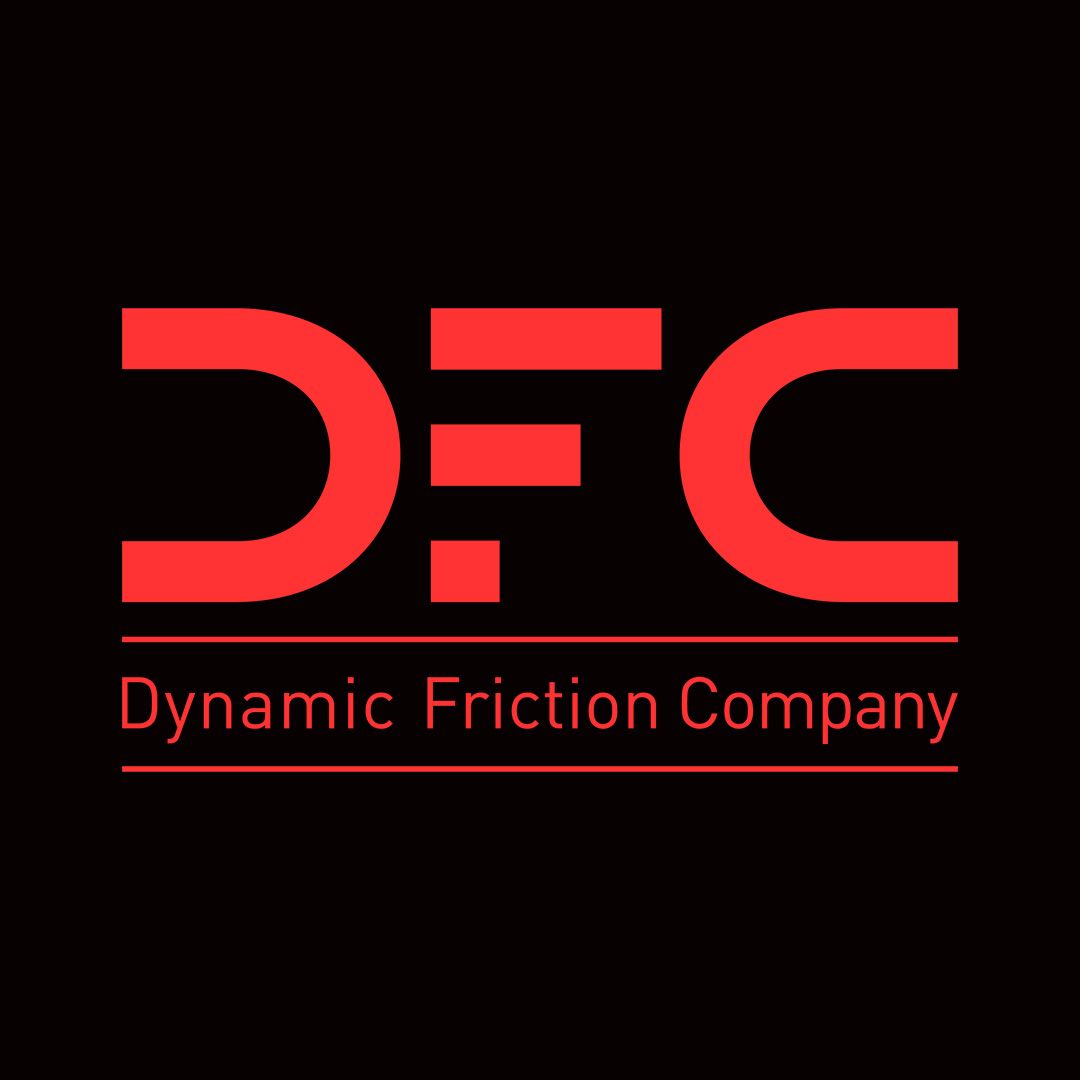Fleet vehicle maintenance is integral to the smooth operation of your business’s mobile assets. Effective fleet maintenance management results in better performance and maximized profits.
But how do you the right maintenance management that not only will be more cost effective but guarantee great quality of your services?
There’s going to be a lot of discussion when it comes to the topic itself, but in this article, we’ll be focusing more on preventive maintenance. This blog post written by Dynamic Friction dives into the best preventive maintenance strategies for your fleet business.
Key Takeaways
- Regular and preventive fleet vehicle maintenance is essential for safety, compliance with regulations, operational efficiency, and cost savings, with benefits ranging from avoiding breakdowns to protecting asset resale value.
- Implementing a comprehensive fleet maintenance program involves engaging drivers in training, leveraging data for informed decision-making, and applying predictive maintenance technologies to proactively address issues.
- Choosing scalable fleet management software with real-time alerts and compliance features is crucial in managing maintenance programs efficiently, alongside strategies like bulk sourcing for cost optimization.
What Is Fleet Preventive Maintenance?

Fleet preventive maintenance refers to the regular and systematic inspection, servicing, and repair of fleet vehicles to ensure they are in good working order, and well maintained vehicle, to prevent breakdowns and extend their lifespan.
This proactive approach to vehicle care is designed to identify and address potential issues before they develop into serious problems that can cause vehicle downtime or costly repairs.
Preventive maintenance typically includes routine checks and the replacement of parts that are known to wear out over time, such as oil changes, tire rotations, brake inspections, and the checking and refilling of various vehicle fluids.
By adhering to a preventive maintenance schedule, fleet businesses can keep their vehicles running reliably and efficiently, and minimize downtime, which is vital for operational continuity, safety, and cost control.
The importance of preventive maintenance in a fleet business serves as a critical component in managing the total cost of ownership of the fleet, as it helps to avoid expensive repairs and vehicle replacements. Moreover, through preventative maintenance, it ensures that vehicles are safe for drivers, which is essential for complying with regulatory requirements and minimizing the risk of accidents.
Key Components For Preventive Maintenance

- Schedule Development: Creating a simple, clear maintenance schedule is essential. It should consider the manufacturer’s advice, industry norms, and the specific use of each vehicle in the fleet.
- Maintenance Activities: The core of preventive maintenance lies in consistent activities. This includes inspections, repairs, replacements, and basic services like oil changes and tire rotations.
- Data and Analysis: Keeping track of maintenance history and examining repair trends is key. This information helps fleet managers make smart decisions to improve maintenance and prevent future problems.
Effective Strategy For Fleet Preventive Maintenance
The three key components says everything about our recommended strategy: we just need to make sure we imply these for your preventive maintenance program.
To make it even better, we recommend to categorize your schedules based on maintenance factors like vehicle model year and make, history of repair and the types of parts changed or improved.
Create A Regular Schedule Of Fleet Maintenance Based on Key Factors
Creating a regular schedule for fleet maintenance is pivotal for the longevity and reliability of your vehicles. This regular maintenance schedule should be meticulously crafted based on three essential factors:
- History of Repair: Analyze past maintenance records to identify patterns or recurring issues. This will allow for targeted preventive measures and efficient allocation of resources.
- Year and Model of the Vehicles: Different models may have unique maintenance needs, and newer vehicles might require less frequent check-ups compared to older ones that may need more attention.
- Specific Use: Consider the operational demands of your vehicles. Those used for long road trips might need different maintenance schedules compared to those used for shorter commutes.
To streamline this process, we strongly recommend the use of fleet management software. These sophisticated tools can automate scheduling, send reminders for service dates, and keep a detailed record of a vehicle’s maintenance schedule and activities. Some of the top SaaS brands in fleet management include:
- Fleetio: Offers comprehensive tracking and management, with features that automate your maintenance scheduling based on vehicle usage and service history.
- Samsara: Known for real-time tracking and reporting, Samsara helps optimize maintenance operations and improve vehicle uptime.
- Geotab: Provides a scalable solution that helps manage the health of your fleet, with customizable maintenance reminders and reporting capabilities.
By integrating these tools into your fleet maintenance strategy, you can ensure a more proactive approach to vehicle care, ultimately saving time and reducing operational and maintenance costs.
What are the benefits of using fleet management software for preventive maintenance?
Fleet management software significantly boosts the efficiency of preventive fleet maintenance programs. It centralizes data, automates scheduling based on vehicle usage, and provides real-time alerts for service needs. This not only helps in preventing over- or under-maintenance but also ensures compliance with regulations. The software’s analytics can forecast maintenance needs, optimizing resource allocation and reducing downtime, which ultimately extends the lifespan of fleet assets and saves costs.
How often should I service my fleet vehicles?
The frequency of service will depend on various factors such as the vehicle’s make and model, usage patterns, and the type of operations they are involved in.
It is generally recommended to follow the manufacturer’s service guidelines while also considering the unique demands of your fleet operations.
Perform Regular Routine Checks For Vehicles
All vehicles must undergo with routines inspections regardless of their condition.
These checks are designed to ensure that every vehicle in your fleet operates at its best and to forestall any potential issues that could lead to breakdowns or costly repairs. Key routine checks should include:
- Tire Inspections: Effective tire management is crucial for the safety and efficiency of fleet vehicles. Regular tire inspections should involve checking air pressure to ensure it meets the manufacturer’s recommended levels, examining tires for punctures, cuts, or bulges, and assessing tread depth to maintain optimal grip on the road.
- Brake Inspections: Brakes are vital for the safety of the vehicle, and regular inspections are necessary to maintain their performance. This includes checking for rotor wear, ensuring that brake pads are not worn down to the point of fading or failure, and inspecting the entire brake system for any signs of damage or leaks.
- Oil Inspection: Oil is the lifeblood of any vehicle’s engine, and maintaining the right oil levels is essential for the engine’s health. Routine checks should include verifying oil levels, assessing the clarity of the oil for any contamination, and inspecting for possible leaks that could lead to engine damage.
Source Fleet Maintenance Parts In Bulk
When maintaining a fleet, it’s essential to source high-quality parts from reliable wholesalers to ensure the longevity and safety of your vehicles. Here are categorical recommendations for sourcing the key components of fleet maintenance:
Tires Systems
For tire systems, it’s crucial to partner with wholesalers that offer a comprehensive range of options to suit different driving conditions and vehicle requirements and those who offer great discounts on bulk orders yet provide the best tire quality. This includes sourcing all-season tires that provide reliable performance in a variety of weather conditions, winter tires designed for superior traction in snow and ice, and performance tires that offer enhanced handling and speed capabilities. When selecting tire products, consider the following leading manufacturers for their high-quality offerings and extensive warranties:
- Michelin: Known for their durable and long-lasting tires.
- Bridgestone: Offers a wide range of tire options for different vehicle types.
- Goodyear: Renowned for their innovative tire technologies and performance.
Ensure that the wholesalers can handle bulk orders efficiently to accommodate the needs of the entire fleet, and verify that they provide competitive pricing and support services to maximize the value of your investment in tire systems.
Brake Parts
Brake parts are critical for vehicle safety, and sourcing them from a reputable wholesaler is just as important as the other sides of your preventive maintenance program .
Dynamic Friction Company stands out as a premier example of a distributor that not only specializes in high-quality OEM brake pads, rotors, and calipers but also offers exceptional discounts and perks for bulk purchases.
Dynamic Friction Company has a comprehensive brake parts inventory that caters to the fleets various models of fleet vehicles.
Vehicle HVAC
For the HVAC systems, partner with wholesalers who provide a range of compressors, condensers, and evaporators. They should also supply cabin air filters and other related components that ensure the comfort of vehicle occupants.
By carefully selecting your parts suppliers in these categories, you can maintain a high standard of fleet maintenance and operation.
By regularly conducting these routine checks, fleet managers can significantly reduce the risk of unexpected, vehicle repairs and downtime and maintain their fleet’s operations smoothly and efficiently.
Always Be Updated When It Comes To Any Industry Regulations Or Safety Standards
Staying updated of industry regulations and safety standards is important to get an effective fleet maintenance management.
This not only ensures compliance but also safeguards against potential legal issues and enhances the safety of your drivers and the public. Regulations can change frequently and vary by region, so it’s essential to have a system in place for monitoring these changes.
The following tips are essential aspects
- Regular training sessions for staff on the latest safety protocols and legislative updates are key to maintaining a safe and compliant fleet operation.
- Subscribing to industry newsletters, joining professional organizations, and attending workshops and seminars are effective ways to stay informed on regulatory changes.
- Appointing a compliance officer or team ensures continuous monitoring and integration of safety standards and legal requirements into operational practices.
- A dedicated compliance contact can address queries and lead in maintaining the highest safety and regulatory standards across the fleet.
Summary
In guiding a fleet toward a horizon of security, productivity, and financial gain, the adoption of thoroughgoing strategies in proper fleet maintenance management is crucial. Employing rigorous preventive maintenance procedures and making an informed choice for appropriate management software are fundamental actions that help transform vehicles from mere instruments into dependable assets with cost-efficiency at their core—propelling the business to greater heights.
Frequently Asked Questions
What does fleet service mean?
Service of a fleet involves the comprehensive management and upkeep of an organization’s collection of vehicles, which includes choosing the right ones as well as their continual maintenance and enhancement.
How much does it cost to maintain a fleet?
The American Transportation Research Institute has found that the average marginal cost of operating a fleet usually encompasses 8% to 10% in maintenance expenses.
Effectively handling these costs is crucial for management.
What is the role of fleet maintenance?
Fleet maintenance is essential for keeping vehicles in optimal condition, thereby enhancing their reliability and safety, fuel used, and extending the time they can operate on the road.
How do you maintain a fleet?
Regular vehicle inspections are critical in identifying possible issues for fleet maintenance, along with scheduled servicing and meticulous recordkeeping. This proactive approach aids in averting and tackling any maintenance concerns before they become more serious.

 UNITED STATES
UNITED STATES